French topics that every beginner should learn
Updated: 11 June, 2023 by Mylene in French Vocabulary ▪
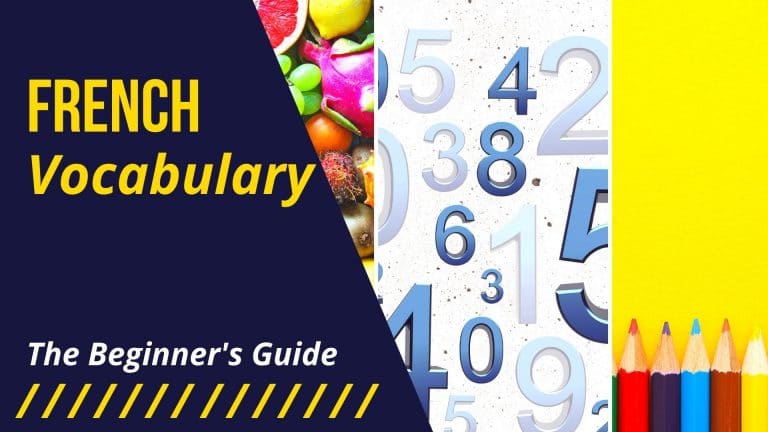
Numbers, colors, months, food, and greetings are often the first language skills that people aim to master when learning a foreign language. As they are widely used and omnipresent in our daily life, they play a crucial part in successful real-life communications. Regardless of the language, such basic vocabulary is a great place to start a language-learning journey.
Learning vocabulary in French
The number of words a person knows is one of the most reliable indicators of his/her current level. Assuming, of course, that you learn the right words. When starting to learn French, you can use the following list to choose your study topics.
In this article, we’ll cover the following topics regarding French vocabulary:
- French Greeting Vocabulary
- French Numbers Vocabulary
- French Colors Vocabulary
- French Months Vocabulary
- French Seasons Vocabulary
- Healthy Food In French
- Emotions in French
- French politeness
- Family terms in French
- Parts of the body in French
- French clothing vocabulary
1. French greeting vocabulary
When it’s time to study French, learning how to greet in French is a common starting point for many learners. Learning how to greet someone is essential, as greetings are at the beginning of every conversation.
Often, every conversation is unique because it is associated with different people, different places, different levels of formality in the communication, and of course, at different times of the day.
Therefore, there are many French greeting words to use, and the trick is to know which are the appropriate ones for every situation. Let’s discover this vocabulary and start with the most common French greeting words.
What are some common French greetings?
Here are the most common French greetings:
- Bonjour means good morning
- Bonsoir means good evening
- Bonne journée means have a nice day
- Bonne soirée means good evening
- Au revoir means goodbye
- Salut is an informal hi
- Coucou is an informal hi
Some of these French greeting words can be used in more than one situation to say different things. Let’s see this.
How to properly greet someone in French?
Beyond learning the common French greetings words, understanding when to use and when not to use these greetings is the next step. It is really useful to master many French greetings and salutations.
Most people know about good manners in their culture, but it is less common to know good manners in another culture or country.
This is why I prepared a video, find it below, to teach you the French greeting pronunciation. I also published an article to help you learn French greetings.
These resources detail the most common French greeting words that you should absolutely know, as well as some typical mistakes to avoid! Learn when to say Bonjour and Bonsoir and understand when to, and when not to, greet people in France!

2. French Numbers Vocabulary
The truth is that almost no one could imagine a world without numbers. We use numbers not only to communicate but to think, memorize, and manipulate quantities.
We think about prices and numbers when buying anything. We calculate our spending, estimate our savings, and measure our professional success by looking at performance numbers and promotions.
Learning to count from 1 to 100 in French can be divided into 3 steps:
- Learn the basics of French numerals
- Understand the process of counting from 20 to 69
- Understand the difficulties when counting from 70 to 100
The details of these steps are in the following lesson about numbers in French.
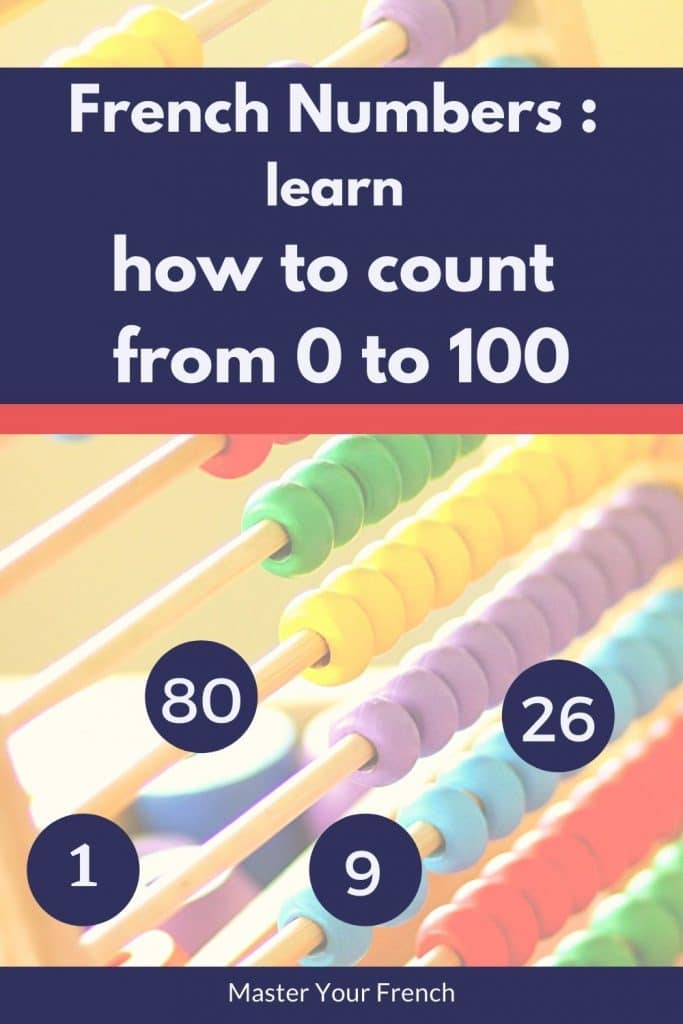
How to count from 0-19 in French
Would you want to learn how to count in French from 0 to 19? The following 2 tables cover these numbers. You can read how the number is written in French, so you can write correctly.
- 0: zéro
- 1: un
- 2: deux
- 3: trois
- 4: quatre
- 5: cinq
- 6: six
- 7: sept
- 8: huit
- 9: neuf
- 10: dix
- 11: onze
- 12: douze
- 13: treize
- 14: quatorze
- 15: quinze
- 16: seize
- 17: dix-sept
- 18: dix-huit
- 19: dix-neuf
Numbers are frequently used in our day to day life. For instance:
- When buying a croissant: Je voudrais acheter un croissant
- When buying a bottle of water: Je voudrais acheter une bouteille d’eau
- When telling time: Je dois partir maintenant, j’ai un rendez-vous à onze heures ce matin.
An important note about the word “bouteille”. In French, “bouteille” is singular and feminine this is why we use une instead of un. “Croissant”, in French, is a masculine word and when it is singular we use un to refer to a quantity of one.
A video to learn French numbers
I’m sure that you’d like to master the pronunciation of French numbers, right?
If so, I made a YouTube video in which I cover numbers from 1 to 100.
I repeat every number so that you can do the exercise at the same time.
This is a great way to learn how to pronounce all French numbers up to 100.
3. French Colors Vocabulary
Colors are also found in nature, in food, and part of many other things in our world. Colors play an important role in trends like clothing, fashion, beauty sector, pastry, and home decorations.
As any lesson about colors should, I’ll list the most common colors in French, and then I’ll give additional examples for every color.
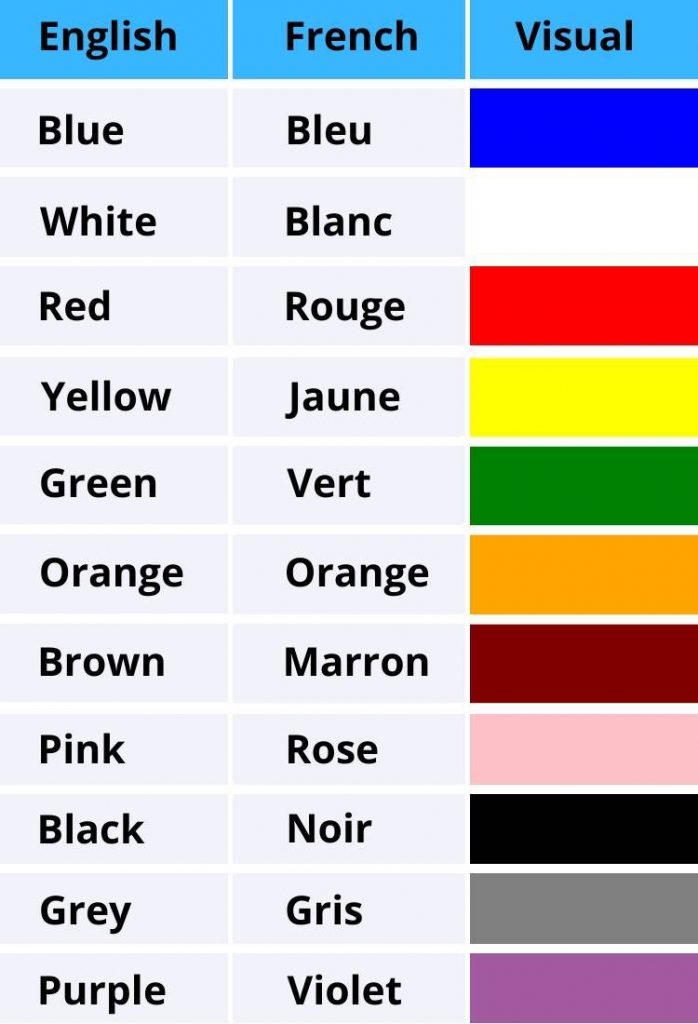
Here are 11 popular colors and how to say them in French along with an example in a sentence:
- Blue in French is bleu.
Vue de l’espace, la planète Terre apparaît toute bleue (From space, the earth looks all blue) - White in French is blanc.
La neige tombe, les flocons sont blancs (The Snow is falling, the snowflakes are white). - Red in French is rouge.
Les tomates sont rouges (Tomatoes are red). - Yellow in French is jaune.
Le maillot jaune est le leader du classement général du Tour de France (The yellow jersey for the leader in the general classification in the Tour de France). - Green in French is vert.
L’incroyable Hulk est vert (The Incredible Hulk is green). - Orange is French is orange.
En automne les feuilles changent de couleur pour devenir orange (During the fall season leaves turn to various shades of orange). - Brown in French is marron.
Marron est l’une des couleurs d’automne (Brown is one of the fall’s color). - Pink in French is rose.
A la fête, j’ai acheté une barbe à papa rose (At the fair, I bought a pink cotton candy). - Black in French is noir.
La voiture du président est noire (The president’s car is black). - Gray in French is gris.
Les cheveux de Michel commence à devenir gris (Michel’s hair is starting to turn gray). - Purple in French is violet.
Le violet est le mélange de rouge et de bleu (Purple is the mixture of red and blue colors)
A video to learn French colors and their pronunciation
Let’s continue talking about colors in French! This is another YouTube video where you can learn:
- Vocabulary: The most common colors in French so that French beginners can easily master the color vocabulary.
- Pronunciation: The pronunciation of colors in French so that you’ll be able to learn how to pronounce these colors.
- Clothes vocabulary: Discover how every color can be used to describe clothes. Examples cover both feminine and masculine nouns that are part of the French clothes’ vocabulary.
And that’s not all!!!
Check our article dedicated to learning colors in French. In that article, I teach you how to write the French colors correctly and master the basics of the French grammar rule of color/noun agreement with masculine, feminine, singular, and plural go to our delightful blog post on the same topic.
4. French Months Vocabulary
As everyone knows, there are twelve months of the year in French.
The following illustration lists the months in order from January to December and shows the correct way to write the French months’ names.
- January is Janvier in French
- February is Février in French
- March is Mars in French
- April is Avril in French
- May is Mai in French
- June is Juin in French
- July is Juillet in French
- August is Août in French
- September is Septembre in French
- October is Octobre in French
- November is Novembre in French
- December is Décembre in French
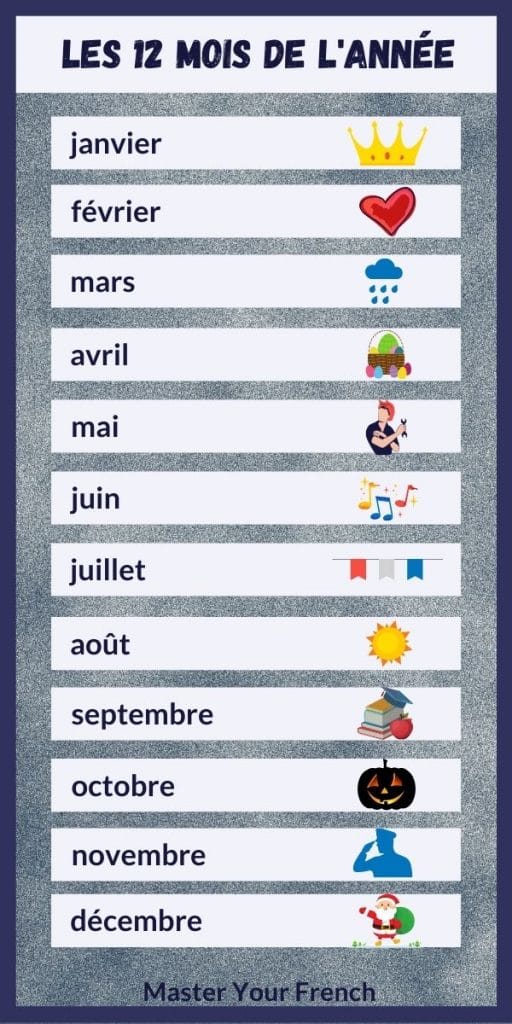
5. French Seasons Vocabulary
You already know that a year has 4 seasons. A season is “une saison” in French. In plural, a silent s is added at the end of the word. For example, les 4 saisons (the 4 seasons).
- Winter is hiver: The season of winter is from December 21-March 21. This is the coldest time of the year in terms of temperature.
- Spring is printemps: The season of spring is from March 21-June 21. The flowers bloom in spring.
- Summer is été : Summer is from June 21 to September 21. The sunny season is traditionally the right time to take well-deserved holidays.
- Fall is automne: Fall (autumn) is from September 21-December 21, and it is the back to school season.
Audio recordings for months and seasons in French
Start building your vocabulary and learn the pronunciation of simple and easy French words.
This is one of the reasons you should check the complete articles on how do you say French months and French seasons.
In the same article, you’ll find the audio recordings to learn then repeat the pronunciation of months and seasons in French.

6. Healthy Food in French
Preparing and sharing food is one of, perhaps the essential, pleasures of French culture. You have to know the French food vocabulary for eating healthy.
In the next paragraph, I’m going to give you four tips that will help you to eat healthily.
- Consume fruits and vegetables such as:
- la pomme: apple
- la poire: pear
- le pamplemousse: grapefruit
- la fraise: strawberry
- la tomate: tomato
- le concombre: cucumber
- la carotte: carrot
- l’asperge: asparagus
- l’endive: endive
- les épinards: spinaches
- la betterave: beetroot
- Eat in moderation in particular starchy foods such as:
- le quinoa: quinoa
- la semoule: semolina
- l’avoine: oat
- Cook more
- Avoid consuming a frozen pizza instead, if possible, cook a pizza yourself.
- Diversify what you eat for example:
- le fromage frais: fresh cheese
- la viande rouge: red meat
- les oeufs: eggs
- le poisson: fish
Click on the link to learn more about the vocabulary related to food in French and French habits. To make this easy for you, I prepared a video: the French food vocabulary for eating healthy.

7. Emotions in French
Every day we feel different emotions. You must learn to say what you like and what you dislike, knowing how to express joy, happiness, sadness or even anger.
I’ll show you a list of the most common emotions and their opposite:
- être content – to be happy: the opposite is to be sad.
- Paul est content de sa bicyclette. Paul is happy with his bicycle.
- être heureux – to be happy: the opposite is to be unhappy:
- Marie est heureuse de voir son frère. Mary is happy to see her brother.
- être surpris – be surprised:
- Il a été surpris par l’orage. He was surprised by the storm.
- avoir peur – be afraid:
- Mon fils a peur du noir. My son is afraid of the dark.
- être furieux – be furious:
- Il est furieux contre sa mère. He is furious with his mother.
- ennuyeux – boring: the contrast is interesting.
- Ce documentaire est terriblement ennuyeux. This documentary is terribly boring.
- être satisfait – to be satisfied:
- Je suis très satisfaite du résultat. I am very satisfied with the result.
You should also have a good understanding of variations for the same word. The verb aimer (to love) has a stronger meaning when used alone, while “aimer bien” (to like) means “to love a little bit” for example.
8. French politeness
In France, we add to expressions of politeness “madame”, “sir” or the first name if we know each other well. If you don’t know someone well, you will say “bonjour madame Martin” or “bonjour mesdames” (ladies) if there are several of them. To get off to a good start and make sure you don’t offend anyone you need to learn the rules of politeness and the proper words to use.
Then you need to know in which case to use the pronoun “you” and in which case to use the pronoun “you”. This will help you introduce yourself later. You are not going to use the same words and the same gestures in a friendly context or in a professional situation.
Being polite is also knowing how to apologize or knowing how to ask for something. These are the basics of civilized conversation.
Finally, in order to conclude a conversation, it is common to wish for something. So learn how to wish a good day, a good meal, or a nice evening.
9. Family terms and expressions
One of the favorite topics of any conversation is family. You must learn to describe your current situation. Are you married or single? Do you have children? One girl or several boys?
Below I give you a list of family members:
- le père: the father
- la mère: the mother
- l’enfant: the child
- la fille: the girl
- le fils: the son
- le grand-père: grand father
- la grand-mère: grandmother
- le frère: brother
- la soeur: sister
You can also learn and remember the following expressions:
- être marié: to be married
- être célibataire: to be single
- se marier: to marry
- avoir des enfants: have children
10. Parts of the body in French
After emotions, parts of the body are one of the most personal things. You must therefore know how to talk about it and use the right vocabulary.
Knowing the parts of the body can be useful when consulting a doctor, playing sports, buying clothes …
I will list the most common words from head to toe below:
- le corps: the body
- la tête: the head
- le visage: the face
- les yeux: the eyes
- le nez: the nose
- la bouche: the mouth
- le ventre: the belly
- le dos: the back
- les bras: the arms
- les mains: the hands
- les jambes: the legs
- les pieds: the feet
11. French clothing vocabulary
Now that you know the main parts of the body, you can go shopping and get dressed. The ideal is therefore to know the main clothes in French.
Clothing changes according to the seasons in France. In summer you like to wear:
- un maillot de bain: a swimsuit
- un tee-shirt: a T-shirt
- un short: shorts
- une robe: a dress
- un chapeau: a hat
- une casquette: a cap
In autumn, you will add:
- un pantalon: trouser
- un chemisier: shirt
- des chaussettes: socks
- une veste: jacket
- un manteau: coat
- un pull: pull-over
- un gilet: vest
In winter, you should have:
- un bonnet: a beanie
- une écharpe: a scarf
- des gants: gloves
After deciding to learn French
There are several things you should do after you decide to learn French. To help you make an informed choice, you might want to look at this article that lists things to do after deciding to learn French. The article narrows the choice down to 10 actions you need to take.
Furthermore, to better learn French, you have to leverage the right methods and strategies to progress fast. Check the tips in our article on how to learn French better. You’ll discover the top 5 tips that you need to learn French faster and better.
Keep growing your French vocabulary
Keep growing your French vocabulary with Master Your French. Be sure to subscribe to our newsletter so that you don’t miss future French vocabulary articles.
You can always check our full French vocabulary list.
You can also follow Master Your French on different social platforms to watch video lessons on YouTube, improve your pronunciation with Instagram posts, and get our latest news on Twitter.
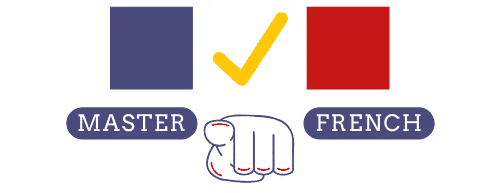
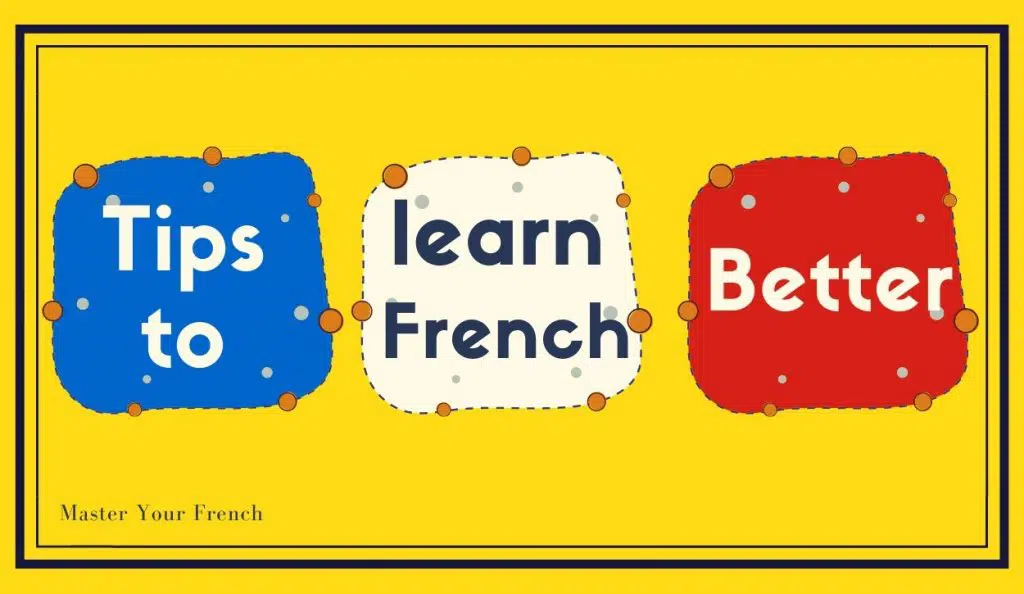
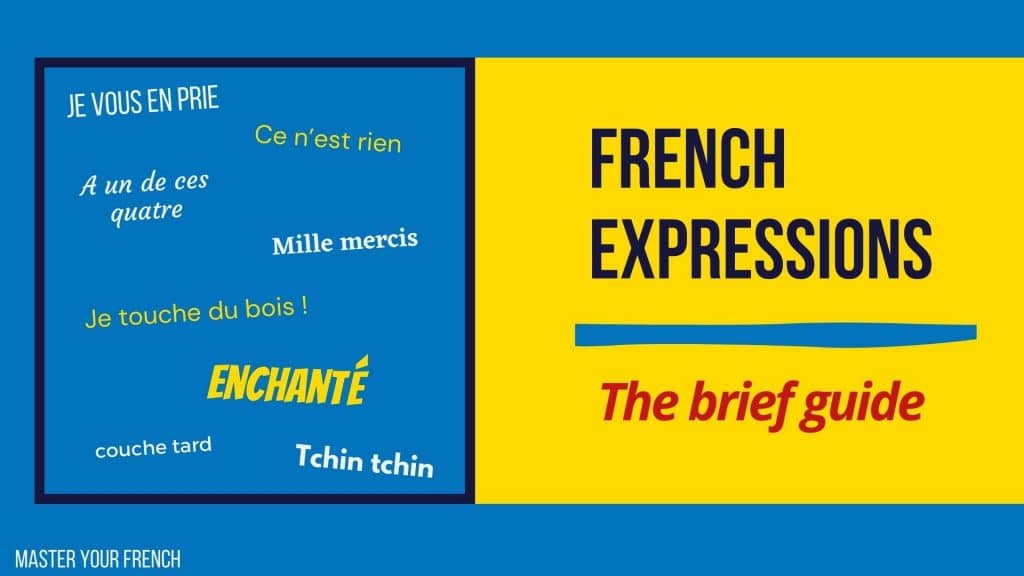
Salût Mylène,
Je trouve ces informations magnifique!
Je suis prof de français aux USA et je donne des cours particuliers.
J’aimerais bien tes e mails
Merci
Bonjour Marc, je suis ravie de savoir que vous avez apprécié ces différentes informations. Vous pouvez me contacter directement sur la page contact : https://www.masteryourfrench.com/contact/
A bientôt, Mylène